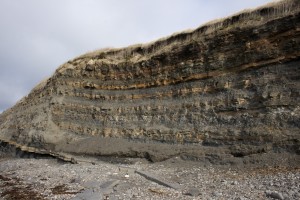An Introduction to Shales and Fracking

The slides from my York Lifelong Learning presentation on Dec. 12th can be downloaded here as a PowerPoint file: 2015_Intro_ShalesFracking_SML.
Useful links
UK & Europe
ReFINE: Researching Fracking. ReFINE is the leading international fracking research consortium, led jointly by Newcastle University and Durham University. The website includes all the group’s scientific papers, research briefs, and newsletters.
Shale Gas – British Geological Survey website with lots of information about their fracking research activities. The BGS is also building up baseline data on UK groundwater methane.
From national to fracktional: will fracking come to Britain’s national parks? A policy briefing I wrote for the Durham Energy Institute.
Whatever Happened to the Great European Fracking Boom? An article I wrote for The Conversation.
North America
US Environmental Protection Agency report on fracking and its potential impacts on drinking water resources. Scientific papers published by the EPA for this report can be viewed here.
US Energy Information Administration (EIA) – World Shale Resource Assessments.
FracFocus – US fracking chemical disclosure registry.
US Geological Survey oil shale research.
Mud & Shales
Indiana University Shale Research Lab, led by Dr Jurgen Schieber, who conducts a lot of very interesting research into how shales form.
More Gaps Than Shale, a paper by João Trabucho-Alexandre on how mudstones form, and how complete mudstone successions are. With perhaps the best abstract in a geological paper: “Ths wht th fn-grnd mrine sdmtry rcrd rlly lks like.”
The 2015 global census of sea floor sediments, by Adriana Dutkiewicz and colleagues, shows just how fine-grained the oceans are. You can explore the globe in their amazing, interactive 3-D model!
The Scale of the Universe – if you’ve ever wondered just how small a clay particle (or pretty much anything else, for that matter) Scale of the Universe is an amazing website to explore.


1 Response